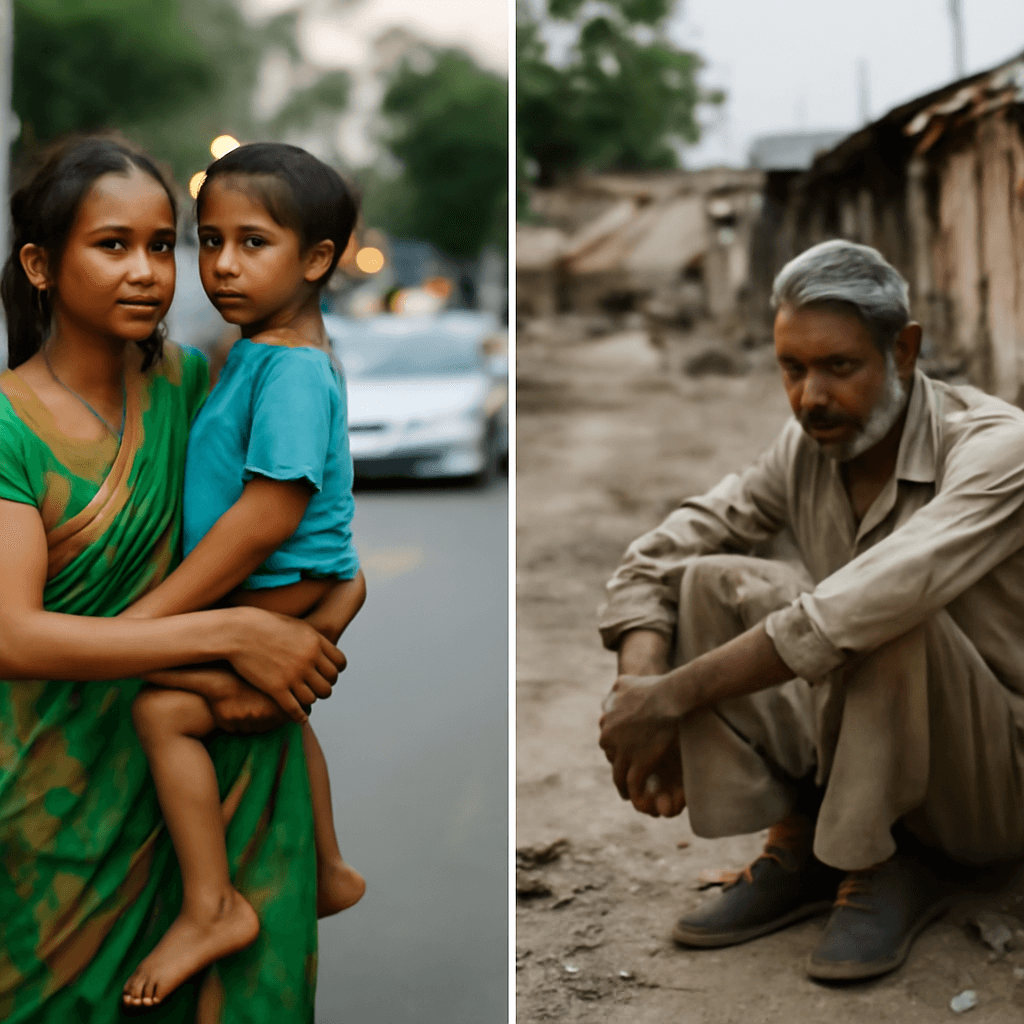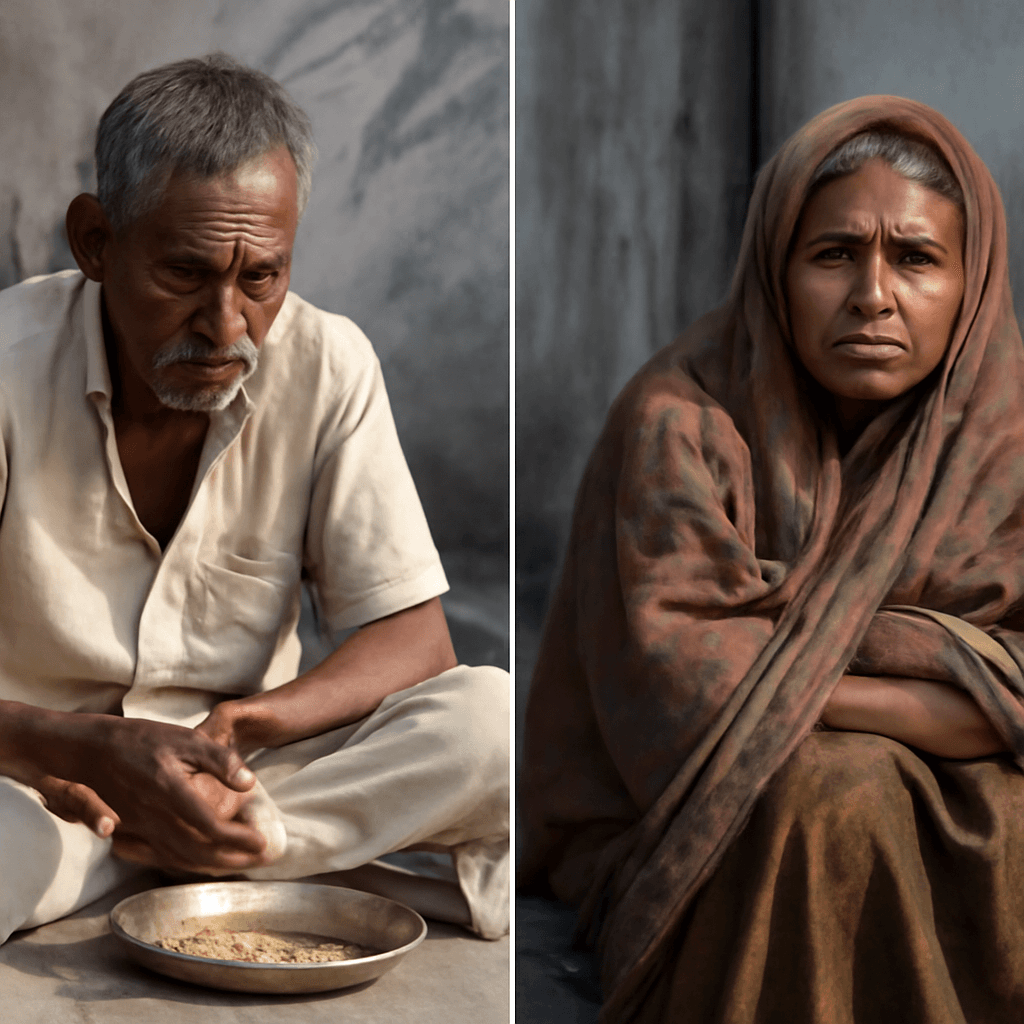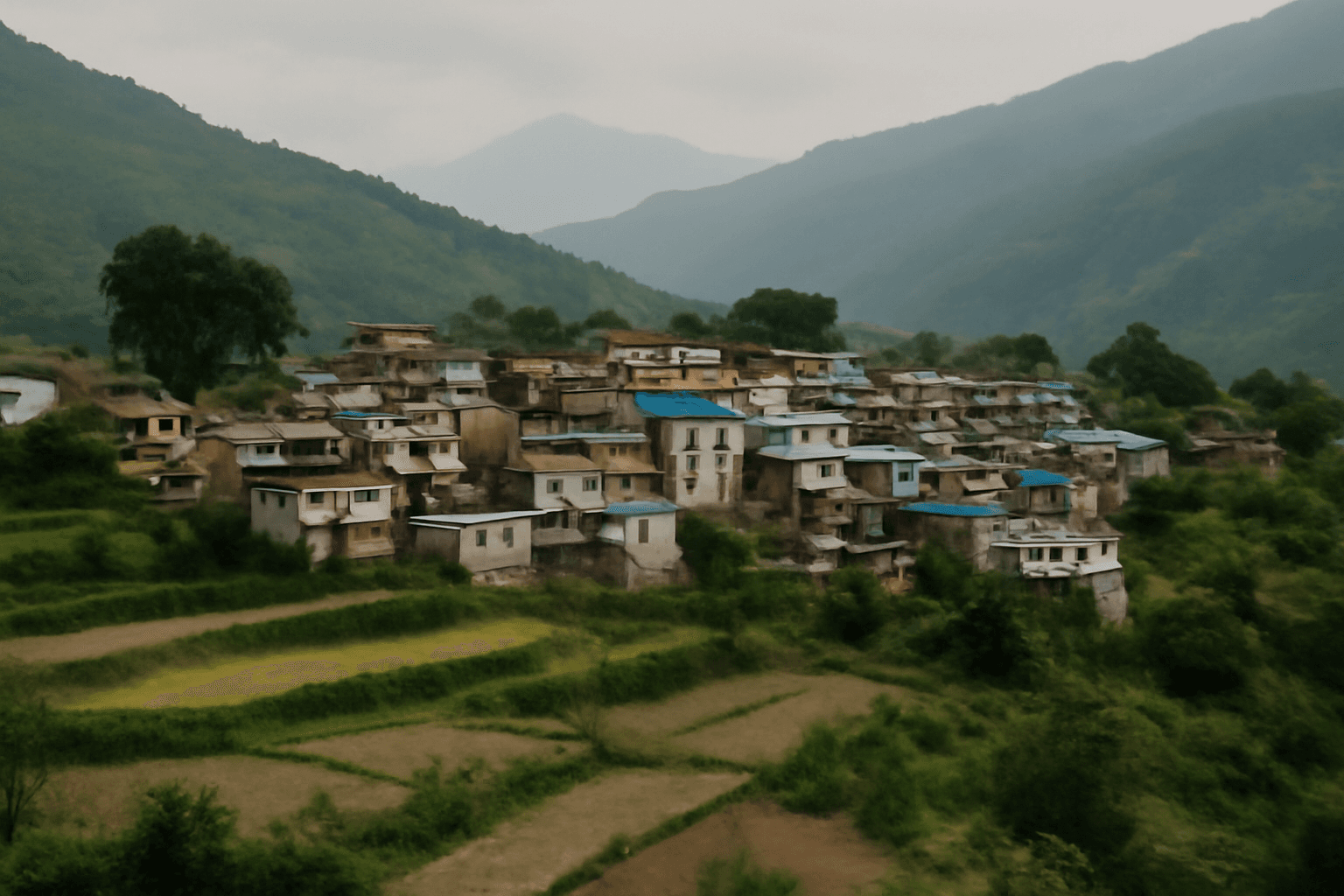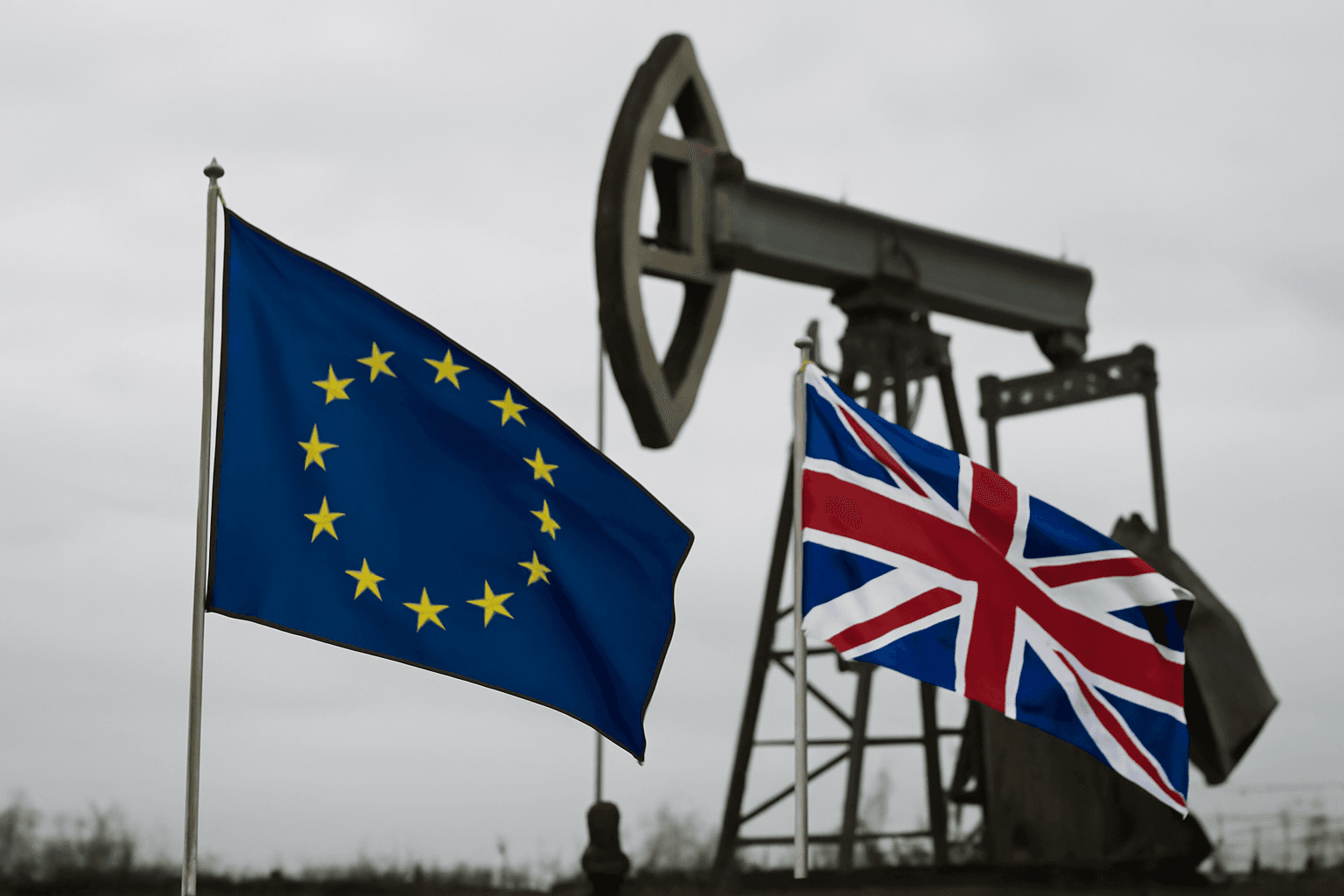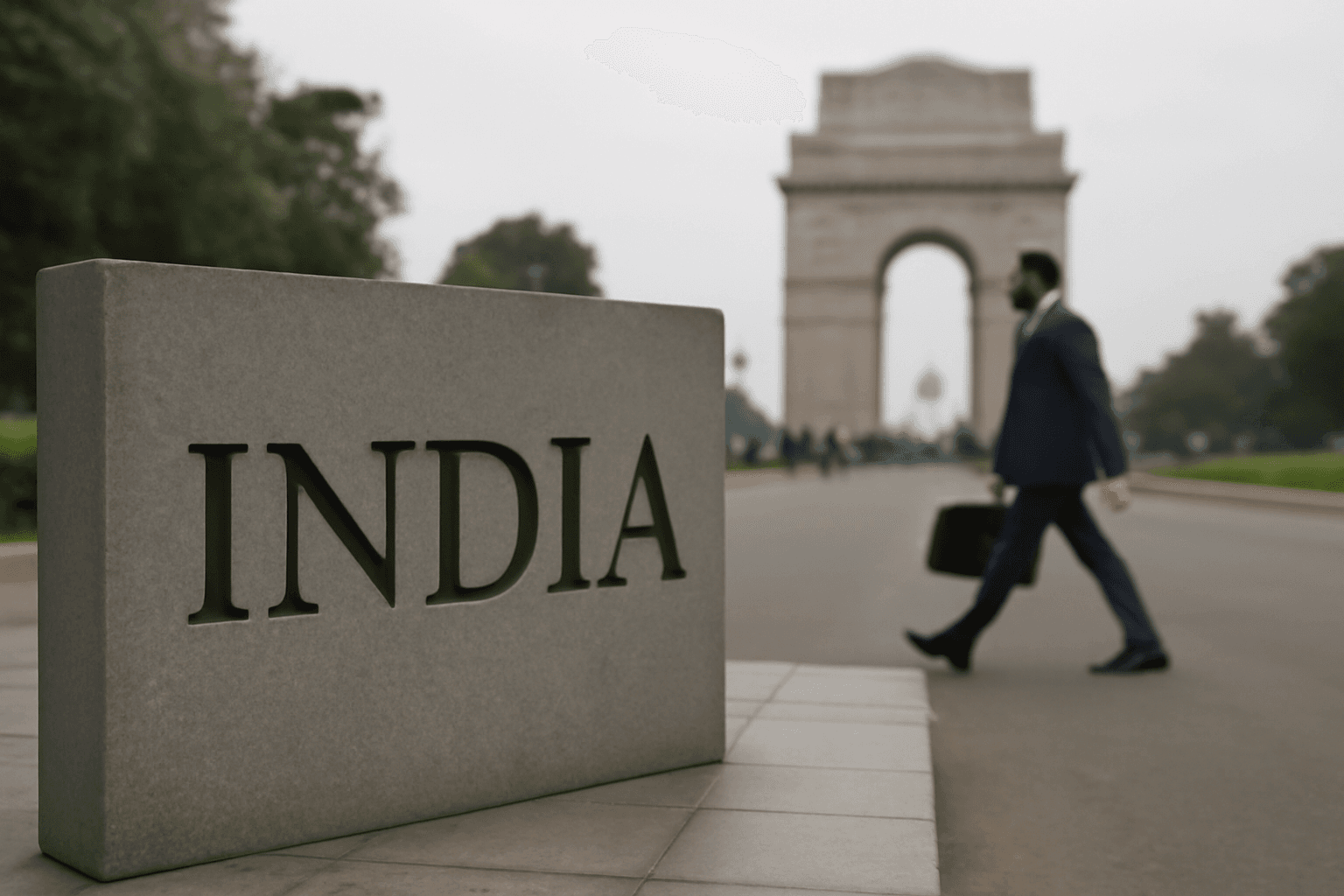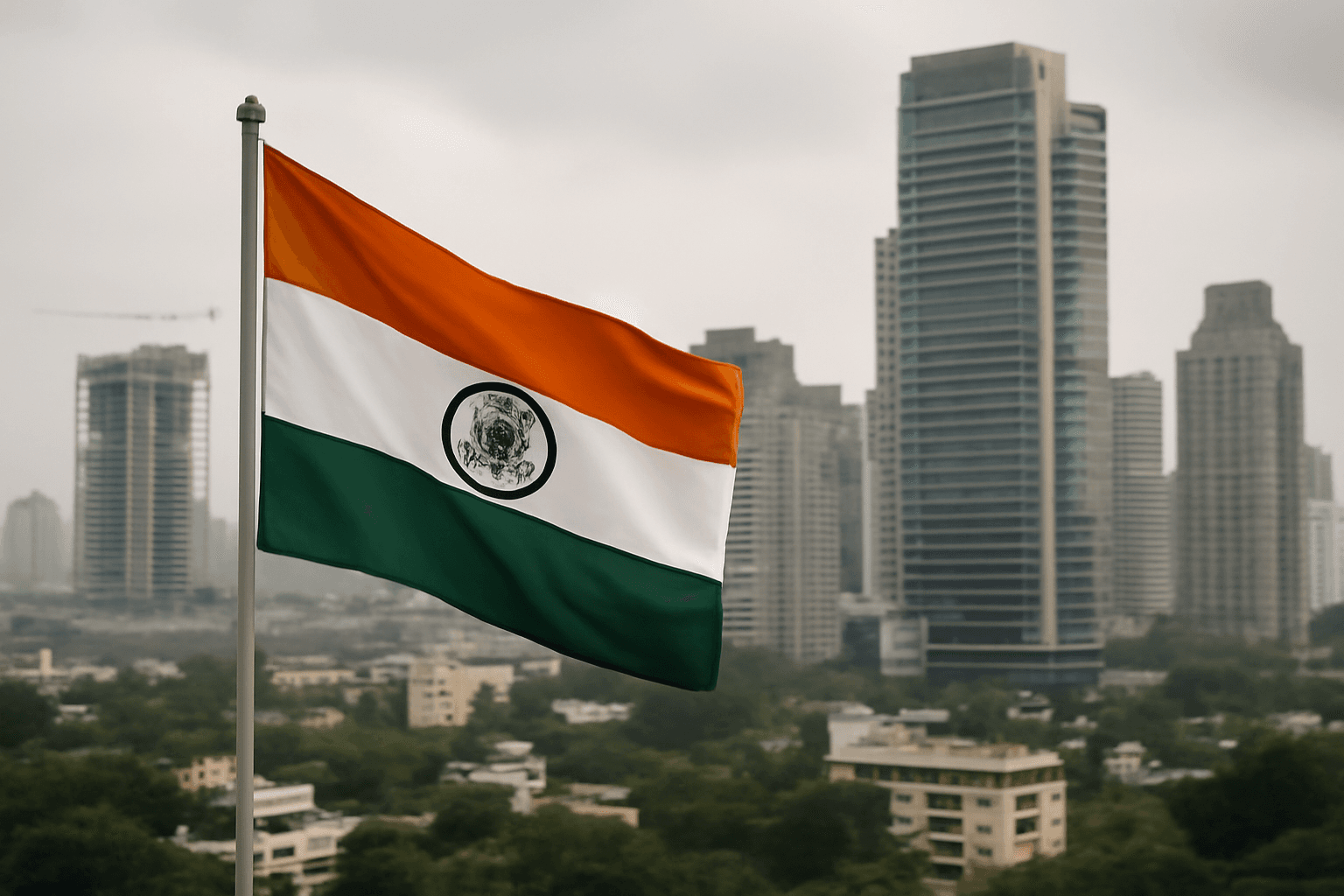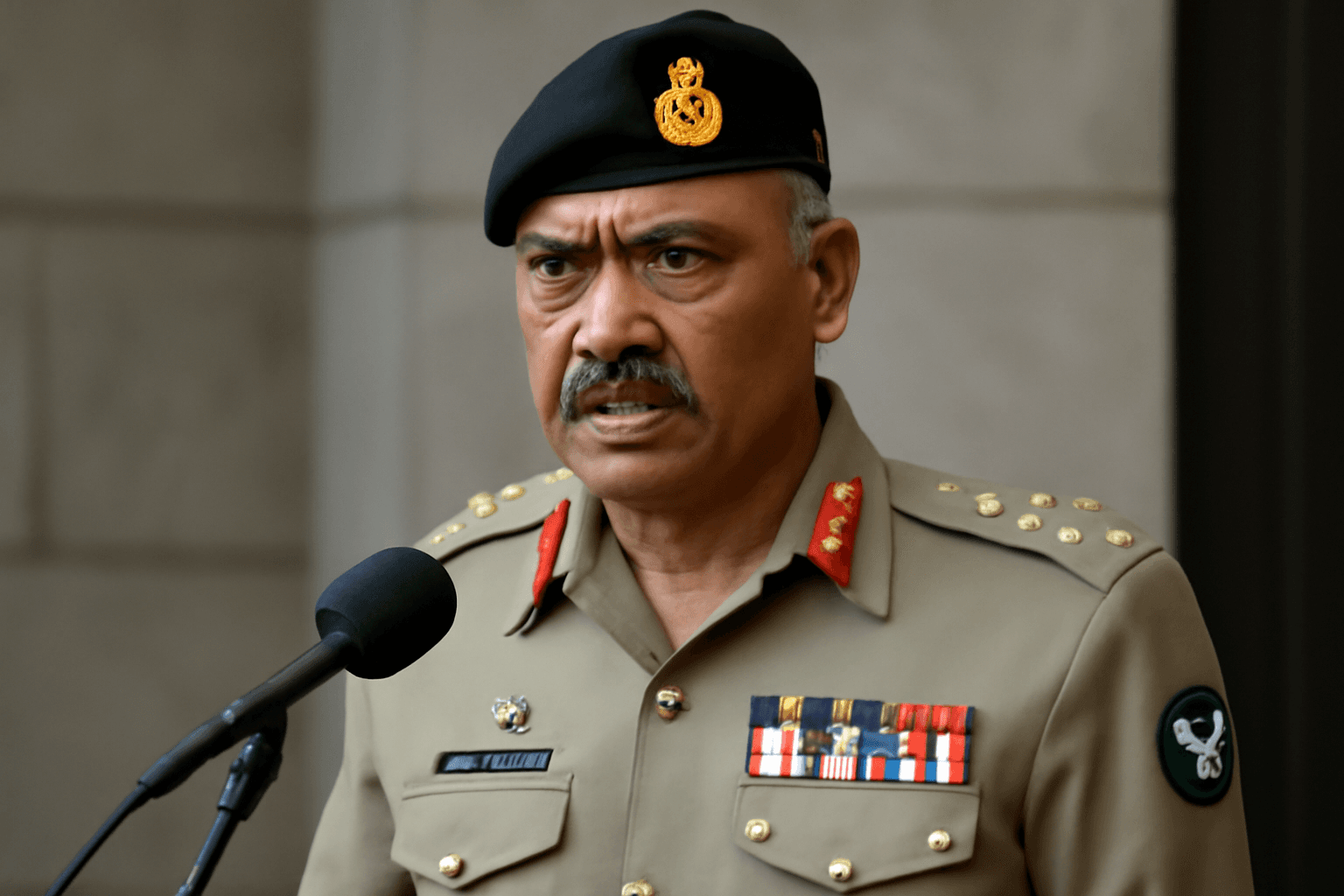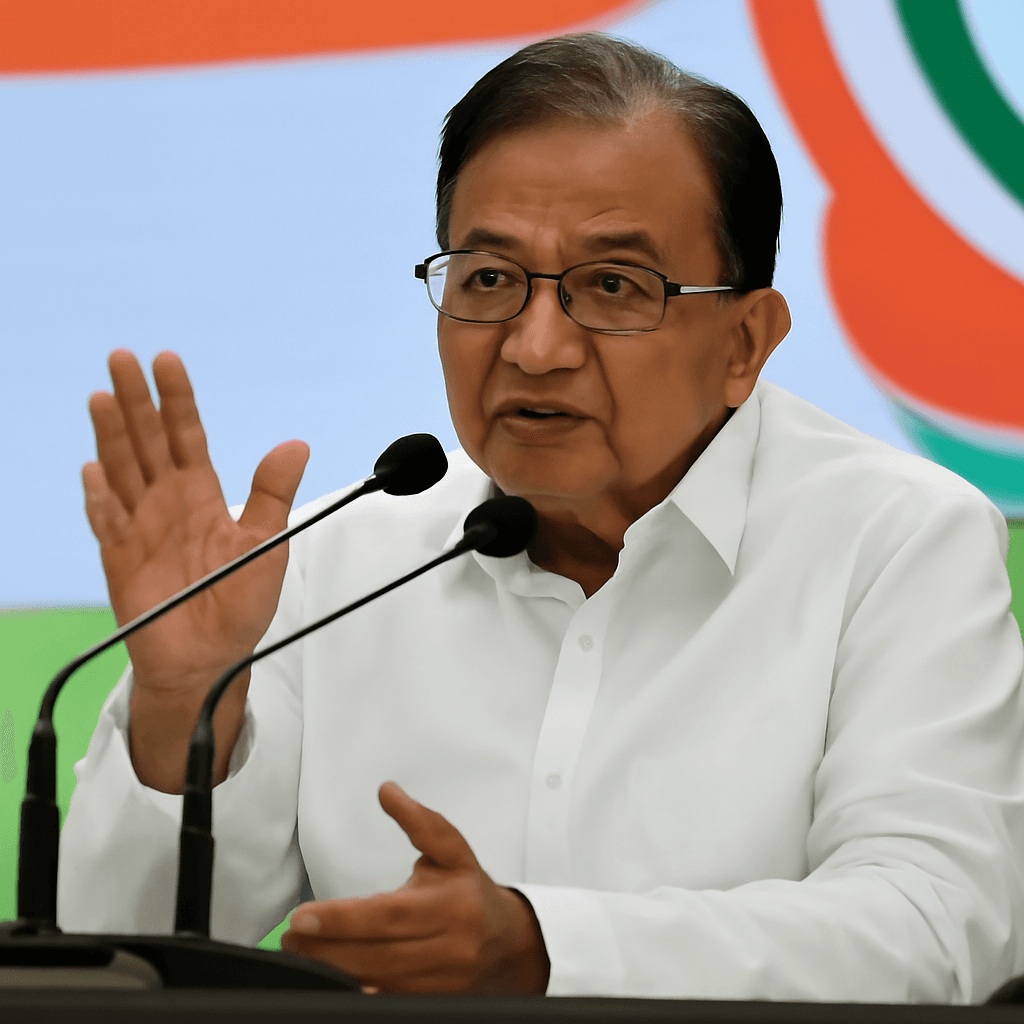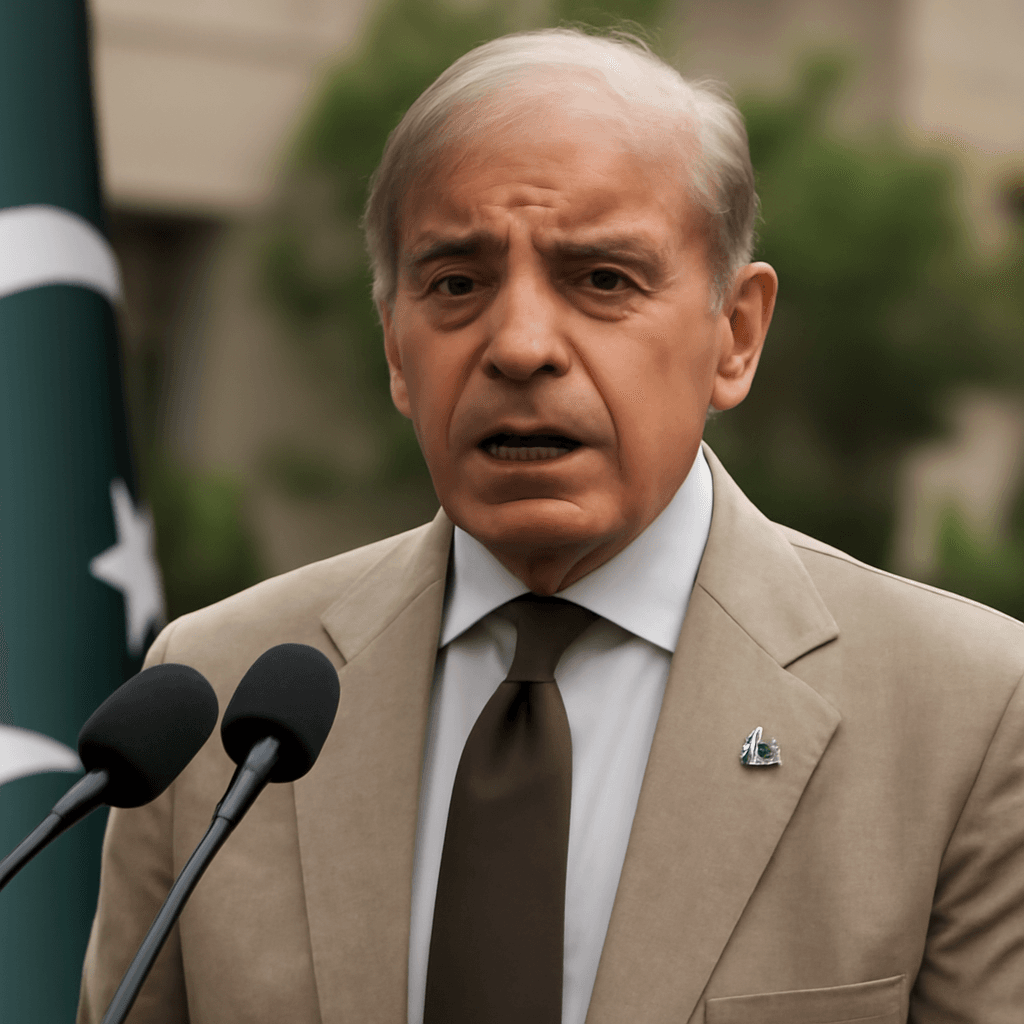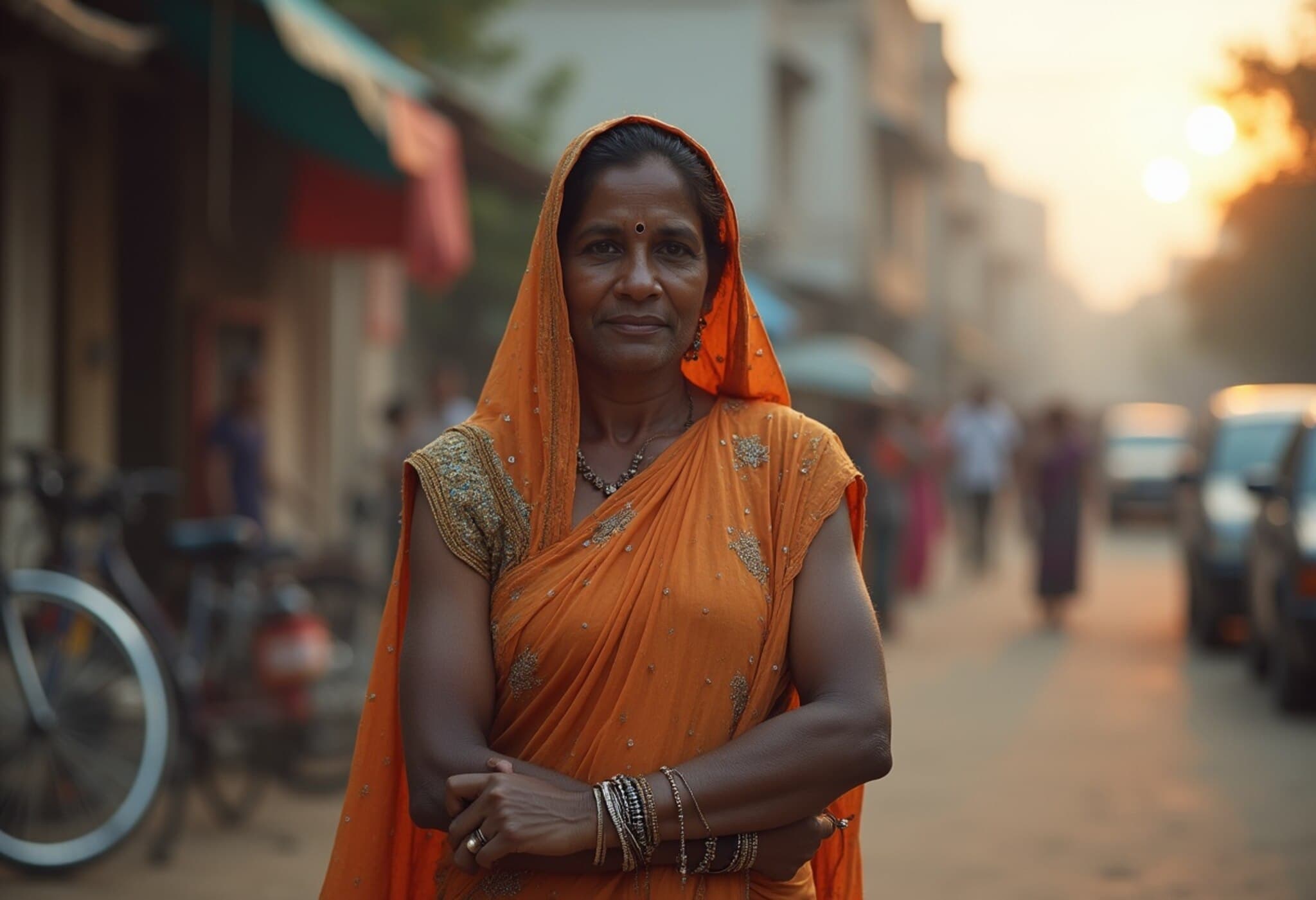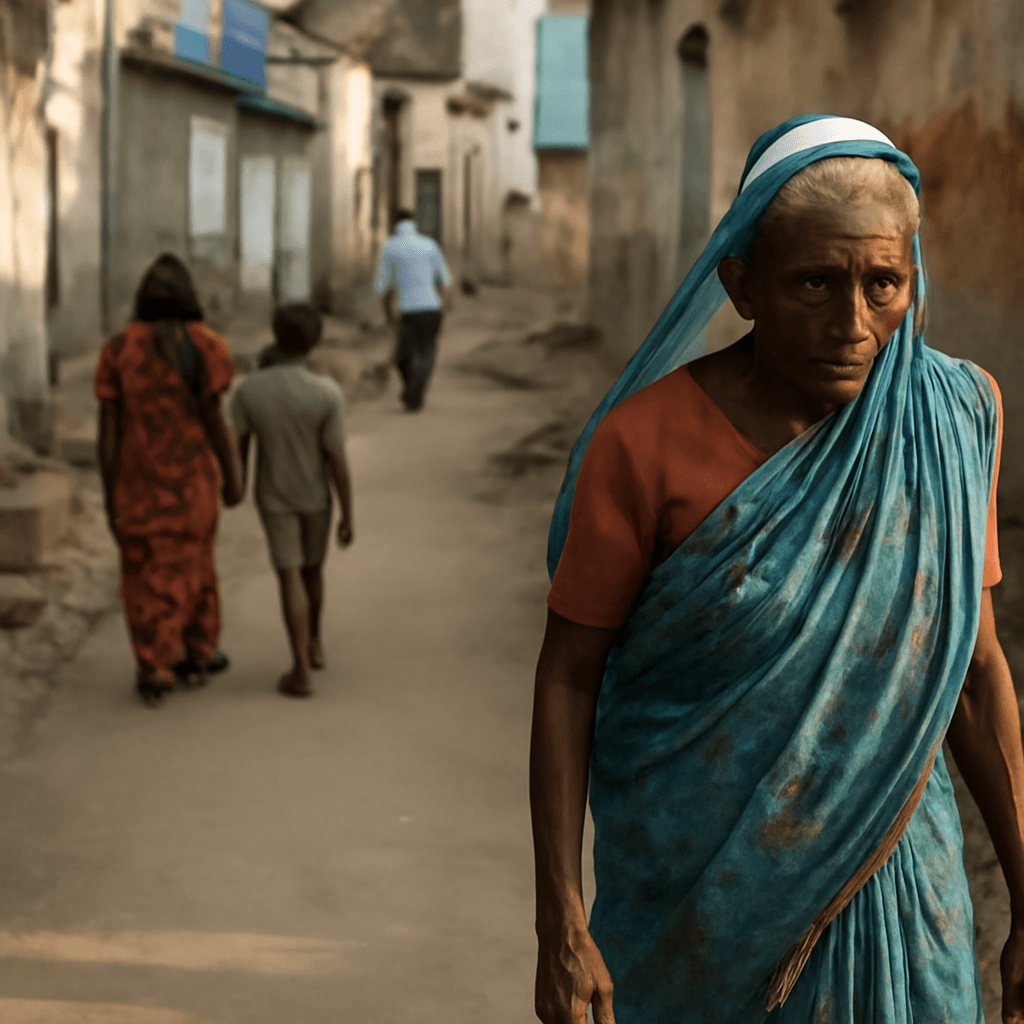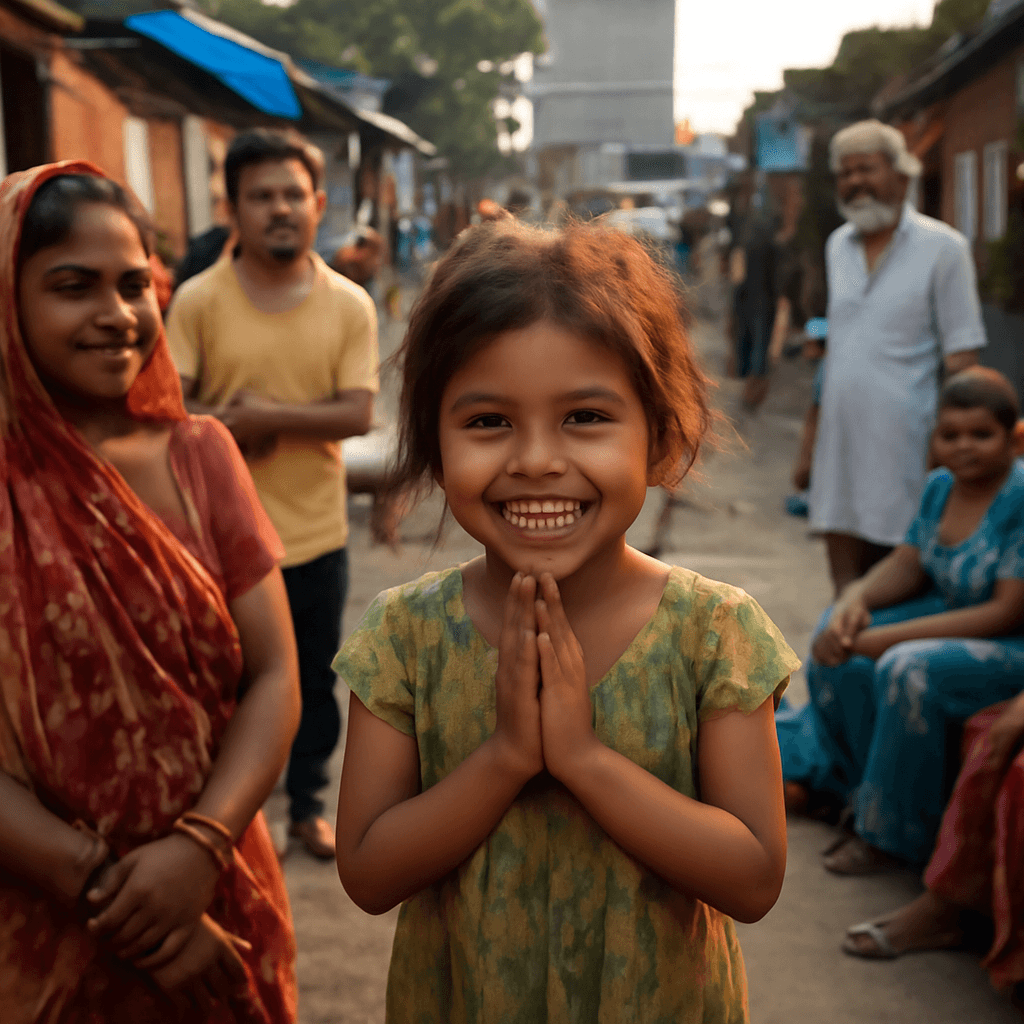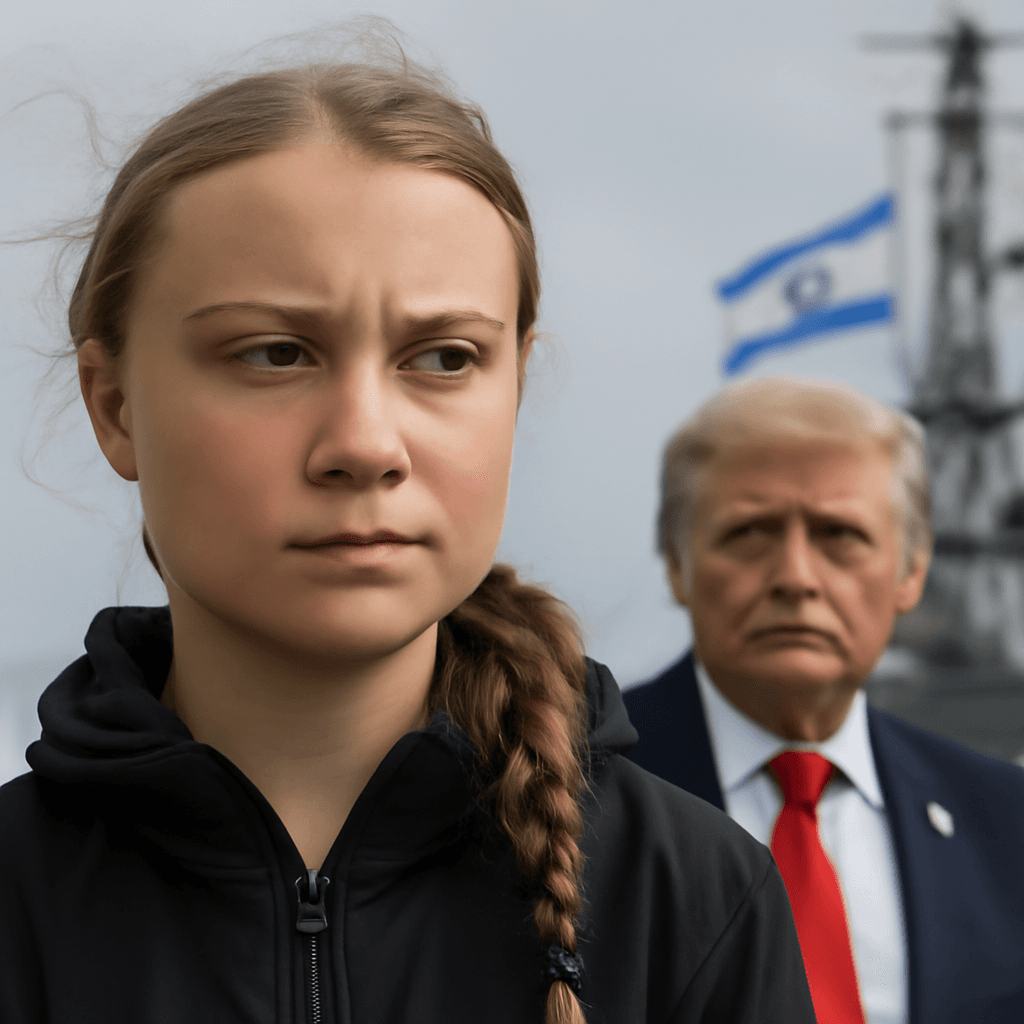India and Pakistan: Diverging Roads Since Independence
The latest World Bank data draws a vivid contrast between two neighboring countries, India and Pakistan, as they navigate the challenge of poverty reduction. While India has made remarkable progress in lifting millions out of extreme poverty, Pakistan is grappling with an increase in poverty rates amid economic turmoil and controversial governance practices.
India’s Remarkable Poverty Reduction Journey
From 2011–12 to 2022–23, India witnessed a dramatic drop in the share of its population living under extreme poverty — from 27.1% to just 5.3%. This reduction translates to roughly 269 million people rising above the extreme poverty line in just over a decade, a staggering achievement that exceeds Pakistan’s entire population.
This significant progress was achieved despite the World Bank raising the global poverty threshold from $2.15 to $3 per person per day to factor in inflation and cost of living.
Pakistan’s Growing Poverty Challenge
Contrary to India’s progress, Pakistan has seen a disturbing rise in poverty levels. Between 2017 and 2021, the percentage of people living in extreme poverty surged from 4.9% to 16.5%. Experts believe these figures might actually be underreported due to reliance on outdated survey data.
Moreover, the overall poverty rate, measured at $4.2 per person per day, climbed from nearly 40% in 2017 to over 44.7% in 2021.
Pakistan’s Economic Strain and Debt Dependence
Pakistan's financial situation is heavily burdened by immense debt. It has secured a total of 25 IMF bailout packages worth $44.57 billion, along with loans amounting to almost $39 billion from various development banks. Its debts to China exceed $25 billion, with additional debts accrued through Eurobonds, Sukuks, and assistance from Middle Eastern allies and international clubs.
Such heavy indebtedness limits Pakistan’s economic sovereignty and strain its ability to fund critical domestic programs.
Transparency Issues and Militarized Spending in Pakistan
International observers have frequently criticized Pakistan for its lack of transparency in managing foreign aid and loans. Instead of channeling substantial funds toward economic development and poverty alleviation, a significant portion is diverted to the military.
This diversion coincides with Pakistan’s entrenched military doctrine that prioritizes confrontations with India, often materializing as support for cross-border terrorism. The military's influence skews national priorities and undermines civilian governance.
The Role of Pakistan’s Deep State and Security Agencies
The powerful coalition of Pakistan’s military and intelligence services operates beyond civilian oversight, steering the country’s political, security, and foreign policies. This establishment openly supports terrorist organizations including the Taliban, Lashkar-e-Taiba, Jaish-e-Mohammed, and the Haqqani Network.
By funding and fostering these groups, Pakistan has maintained a proxy war strategy against India. These actions exacerbate regional instability and impede Pakistan’s own socio-economic progress.
Conclusion: Two Neighbors, Two Futures
While India moves forward with robust poverty reduction efforts and economic growth—now standing as the world's fourth-largest economy—Pakistan struggles under the weight of economic mismanagement, growing poverty, and policies that prioritize military objectives over development.
The starkly contrasting trajectories reflect deeper political and strategic choices that will continue shaping the futures of both nations.

